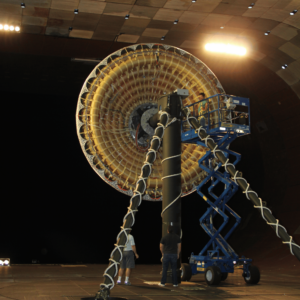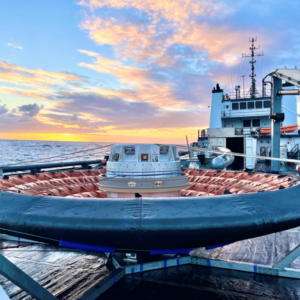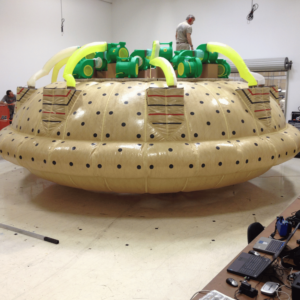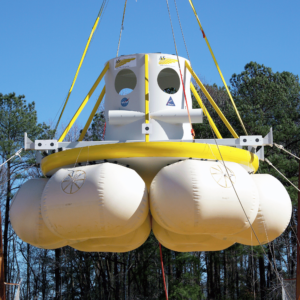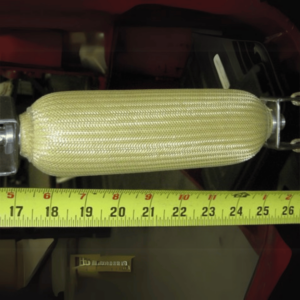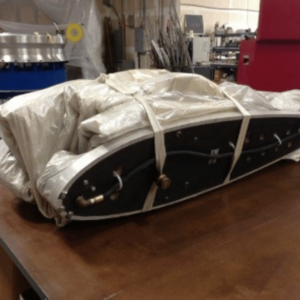We have developed a wide range of inflatable products starting with production of hundreds of thousands of BSU-85 Air Inflatable Retarders in the 1960’s to the recent development of large scale Inflatable Aerodynamic Decelerators (IADs) for NASA.
This experience provides a significant capability to design, analyze, develop, and fabricate inflatable and fabric structures, including inflatable decelerators for supersonic and hypersonic application, impact attenuation airbags for space and aircraft application, flotation and recovery devices for naval application, inflatable deployable wings for light aircraft, pneumatic muscle actuators, and deployable/transportable structures for various applications.

